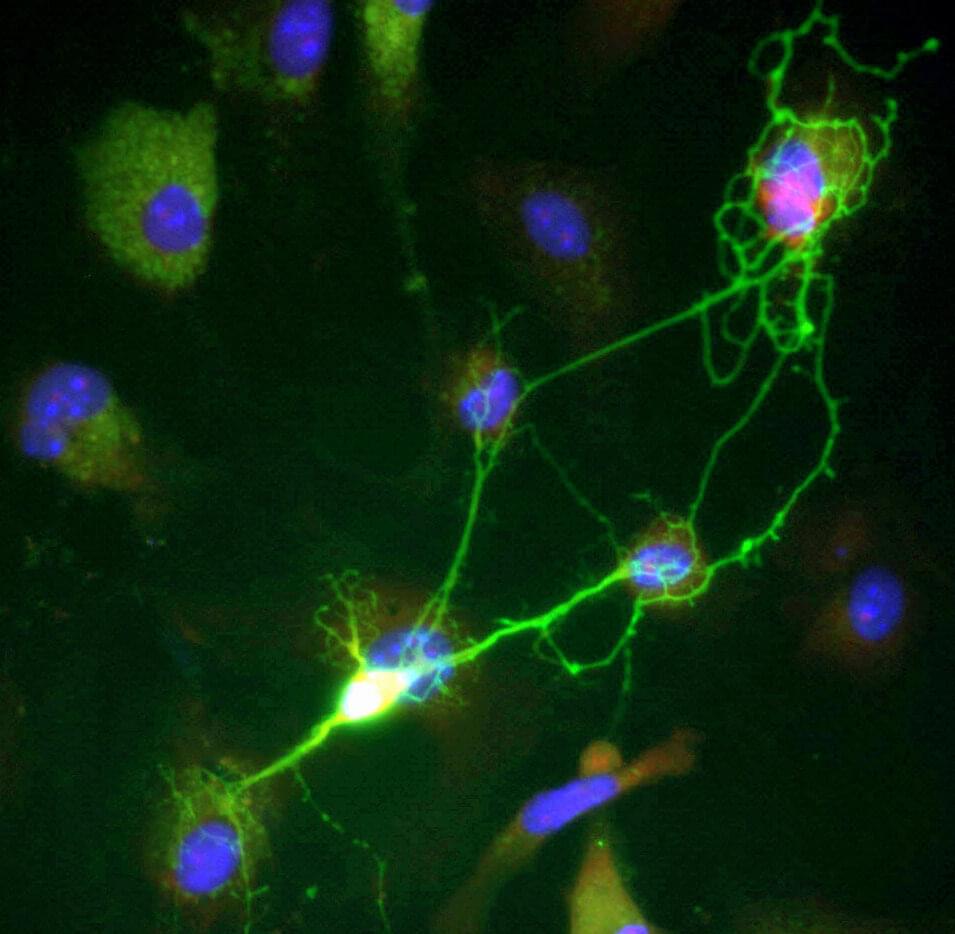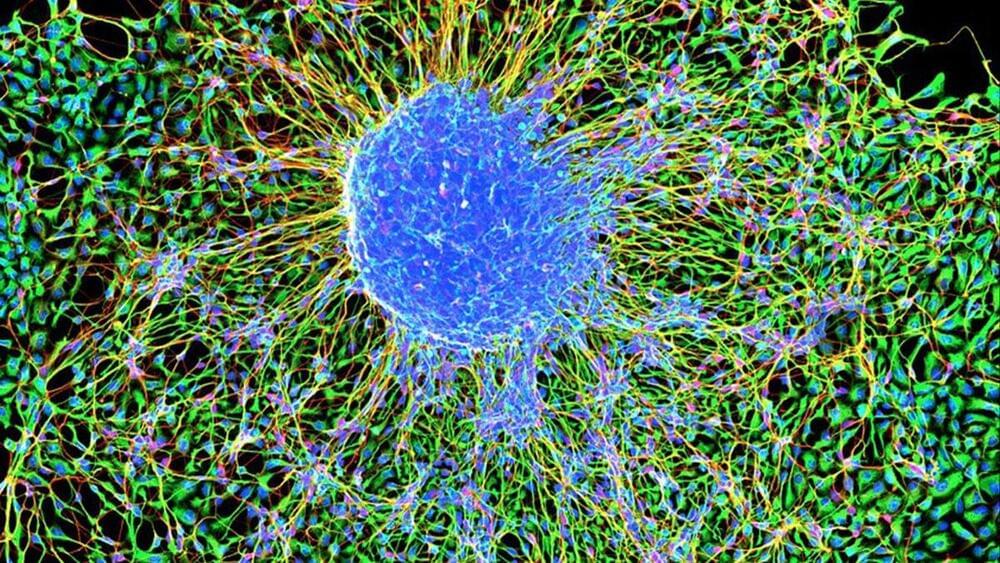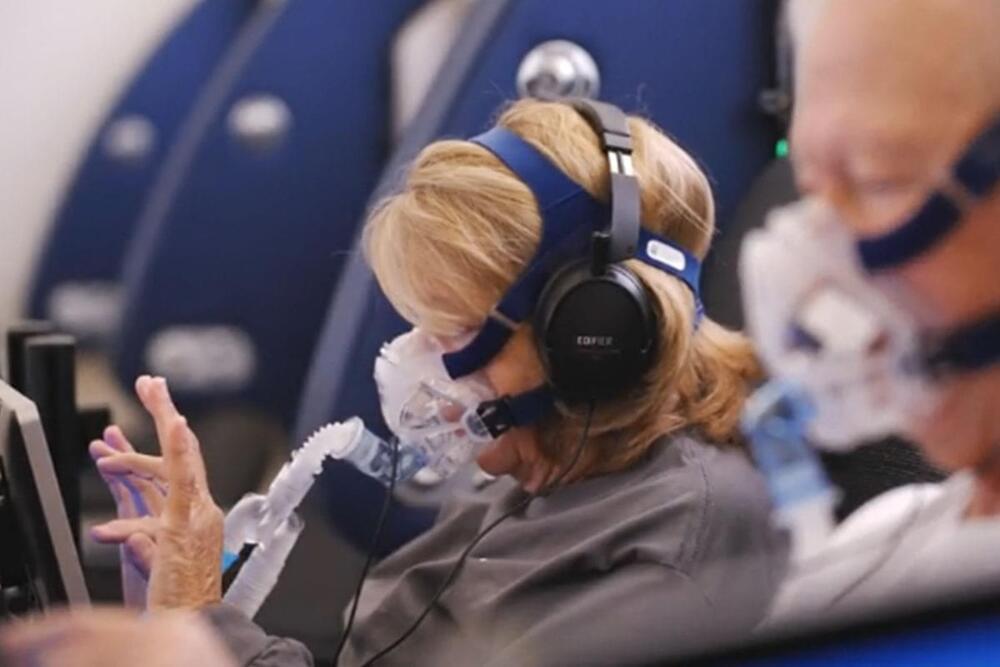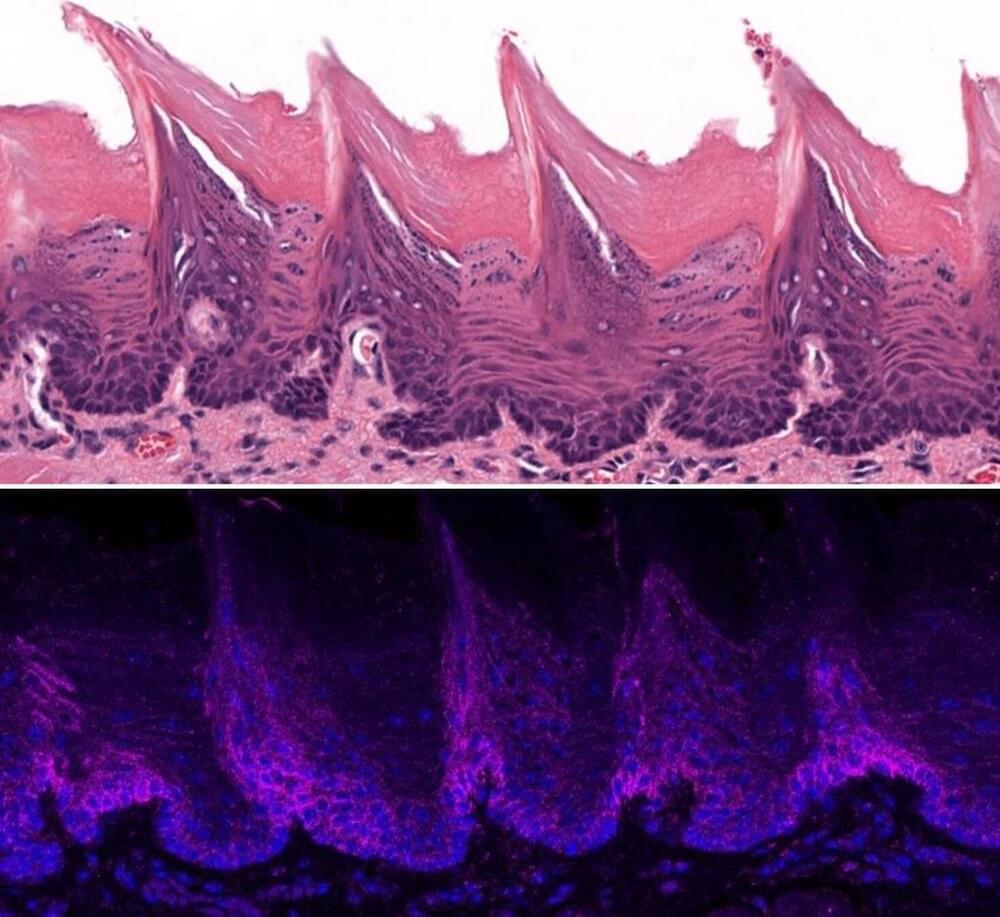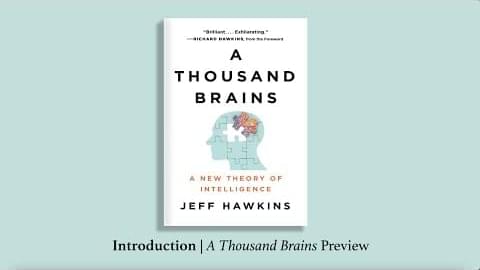Sep 6, 2023
The discovery of a new kind of cell shakes up neuroscience
Posted by Saúl Morales Rodriguéz in category: neuroscience
A research team from University of Lausanne (UNIL) and the Wyss Center, has discovered a new type of cell essential for brain function. Hybrid in composition and function, in between the two types of brain cells known so far—the neurons and the glial cells—these cells of a new order are present in several brain regions in mice and humans.
The study published in the journal Nature shows that these cells promote the ability to memorize, the brain control of movements, and contrast the insurgence of epileptic seizures.
Neuroscience is in great upheaval. The two major families of cells that make up the brain, neurons and glial cells, secretly hid a hybrid cell, halfway between these two categories. For as long as neuroscience has existed, it has been recognized that the brain works primarily thanks to the neurons and their ability to rapidly elaborate and transmit information through their networks.
